Inon Peled
"Is not the truth the truth?": Analyzing the Impact of User Validations for Bus In/Out Detection in Smartphone-based Surveys
Feb 24, 2022
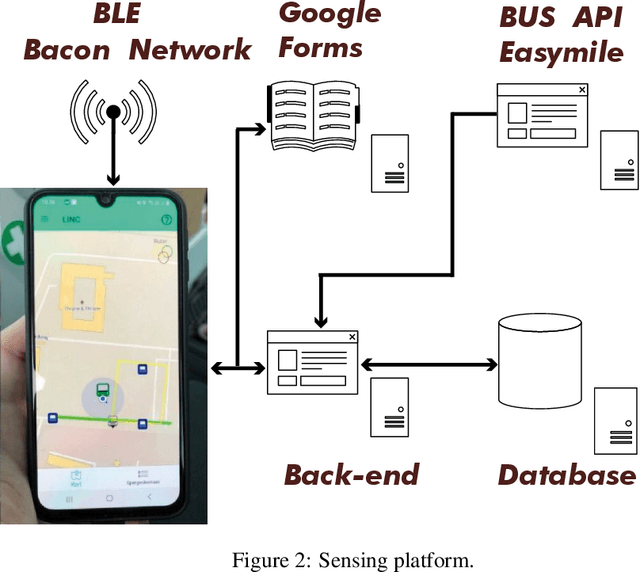


Abstract:Passenger flow allows the study of users' behavior through the public network and assists in designing new facilities and services. This flow is observed through interactions between passengers and infrastructure. For this task, Bluetooth technology and smartphones represent the ideal solution. The latter component allows users' identification, authentication, and billing, while the former allows short-range implicit interactions, device-to-device. To assess the potential of such a use case, we need to verify how robust Bluetooth signal and related machine learning (ML) classifiers are against the noise of realistic contexts. Therefore, we model binary passenger states with respect to a public vehicle, where one can either be-in or be-out (BIBO). The BIBO label identifies a fundamental building block of continuously-valued passenger flow. This paper describes the Human-Computer interaction experimental setting in a semi-controlled environment, which involves: two autonomous vehicles operating on two routes, serving three bus stops and eighteen users, as well as a proprietary smartphone-Bluetooth sensing platform. The resulting dataset includes multiple sensors' measurements of the same event and two ground-truth levels, the first being validation by participants, the second by three video-cameras surveilling buses and track. We performed a Monte-Carlo simulation of labels-flip to emulate human errors in the labeling process, as is known to happen in smartphone surveys; next we used such flipped labels for supervised training of ML classifiers. The impact of errors on model performance bias can be large. Results show ML tolerance to label flips caused by human or machine errors up to 30%.
Deep Spatio-Temporal Forecasting of Electrical Vehicle Charging Demand
Jun 21, 2021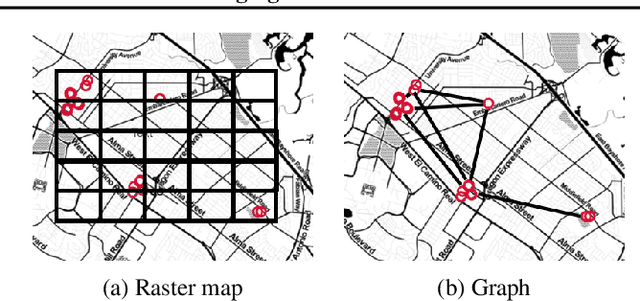
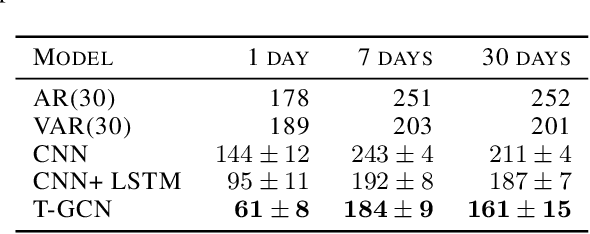
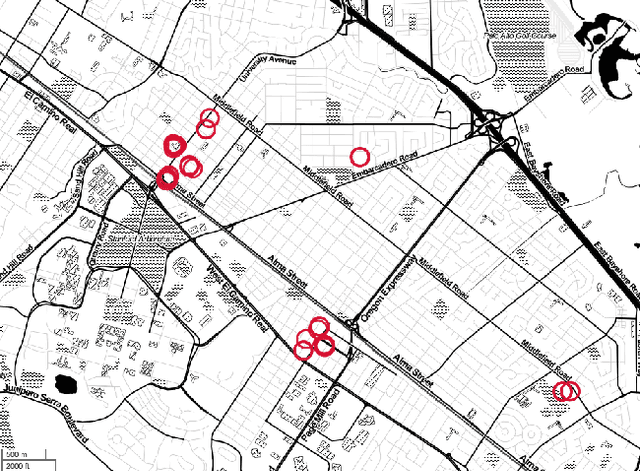
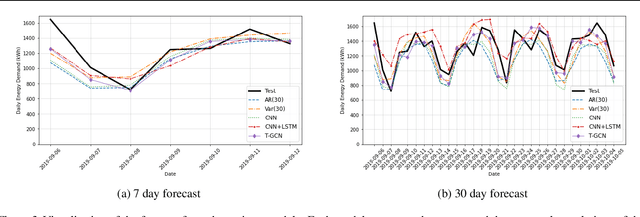
Abstract:Electric vehicles can offer a low carbon emission solution to reverse rising emission trends. However, this requires that the energy used to meet the demand is green. To meet this requirement, accurate forecasting of the charging demand is vital. Short and long-term charging demand forecasting will allow for better optimisation of the power grid and future infrastructure expansions. In this paper, we propose to use publicly available data to forecast the electric vehicle charging demand. To model the complex spatial-temporal correlations between charging stations, we argue that Temporal Graph Convolution Models are the most suitable to capture the correlations. The proposed Temporal Graph Convolutional Networks provide the most accurate forecasts for short and long-term forecasting compared with other forecasting methods.
Modeling Censored Mobility Demand through Quantile Regression Neural Networks
Apr 02, 2021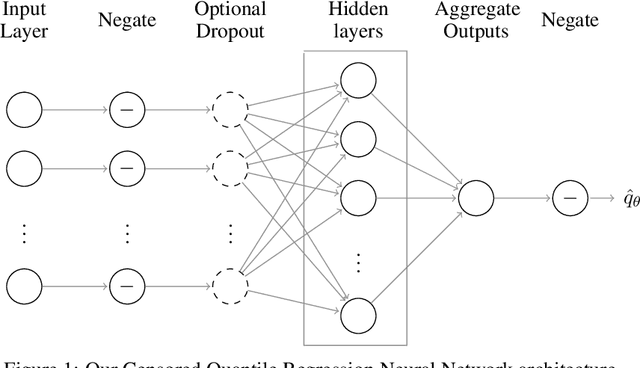

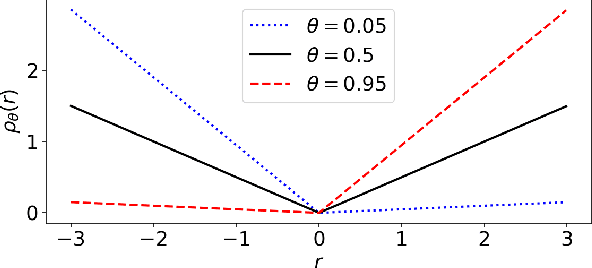
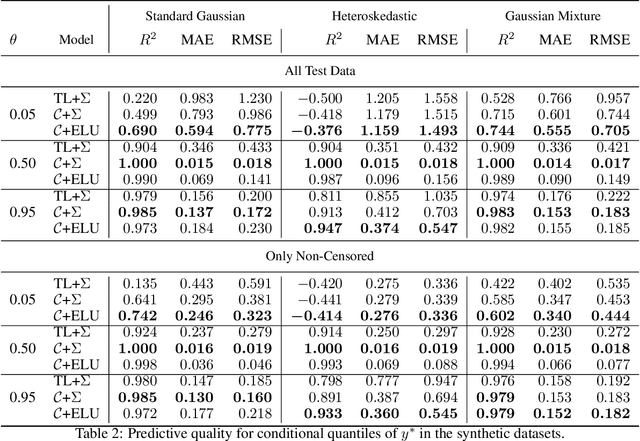
Abstract:Shared mobility services require accurate demand models for effective service planning. On one hand, modeling the full probability distribution of demand is advantageous, because the full uncertainty structure preserves valuable information for decision making. On the other hand, demand is often observed through usage of the service itself, so that the observations are censored, as they are inherently limited by available supply. Since the 1980s, various works on Censored Quantile Regression models have shown them to perform well under such conditions, and in the last two decades, several works have proposed to implement them flexibly through Neural Networks (CQRNN). However, apparently no works have yet applied CQRNN in the Transport domain. We address this gap by applying CQRNN to datasets from two shared mobility providers in the Copenhagen metropolitan area in Denmark, as well as common synthetic baseline datasets. The results show that CQRNN can estimate the intended distributions better than both censorship-unaware models and parametric censored models.
Curb Your Normality: On the Quality Requirements of Demand Prediction for Dynamic Public Transport
Sep 01, 2020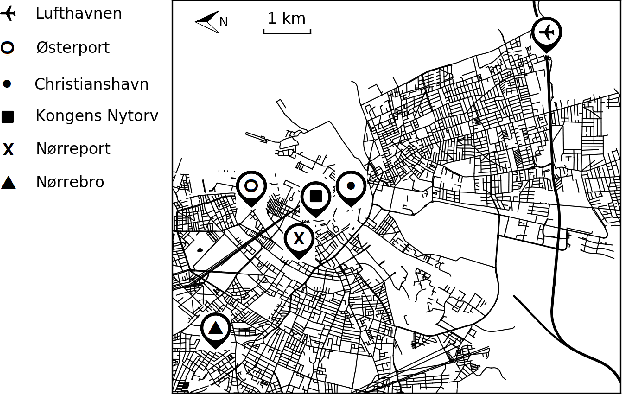
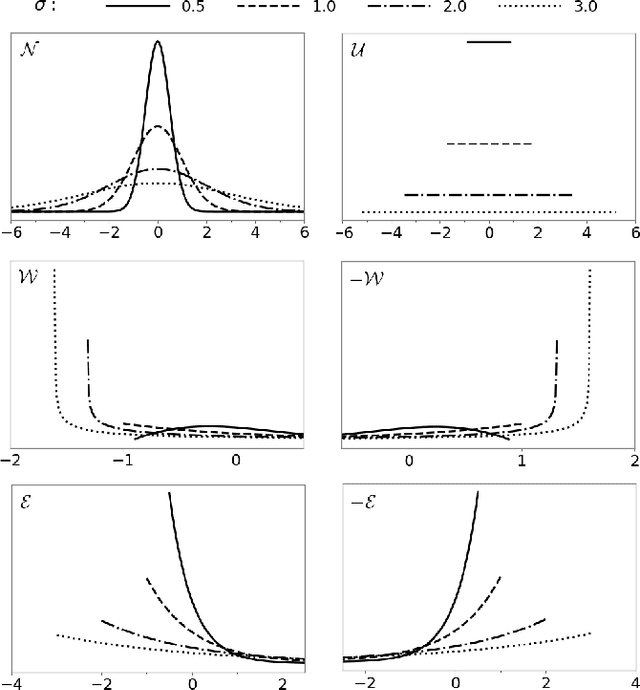

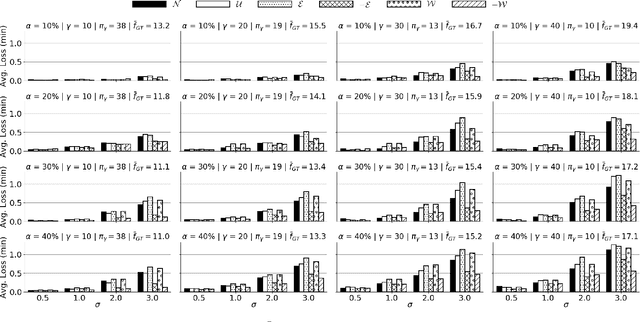
Abstract:As Public Transport (PT) becomes more dynamic and demand-responsive, it increasingly depends on predictions of transport demand. But how accurate need such predictions be for effective PT operation? We address this question through an experimental case study of PT trips in Metropolitan Copenhagen, Denmark, which we conduct independently of any specific prediction models. First, we simulate errors in demand prediction through unbiased noise distributions that vary considerably in shape. Using the noisy predictions, we then simulate and optimize demand-responsive PT fleets via a commonly used linear programming formulation and measure their performance. Our results suggest that the optimized performance is mainly affected by the skew of the noise distribution and the presence of infrequently large prediction errors. In particular, the optimized performance can improve under non-Gaussian vs. Gaussian noise. We also obtain that dynamic routing can reduce trip time by at least 23% vs. static routing. This reduction is estimated at 809,000 EUR per year in terms of Value of Travel Time Savings for the case study.
QTIP: Quick simulation-based adaptation of Traffic model per Incident Parameters
Mar 09, 2020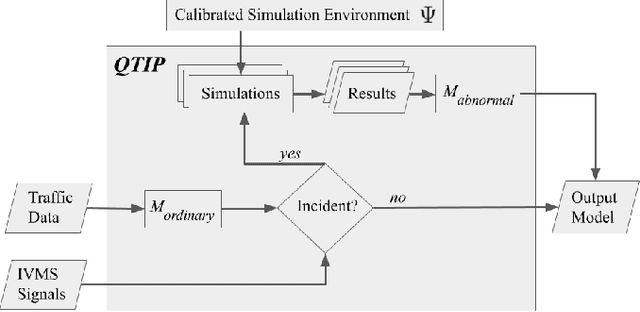
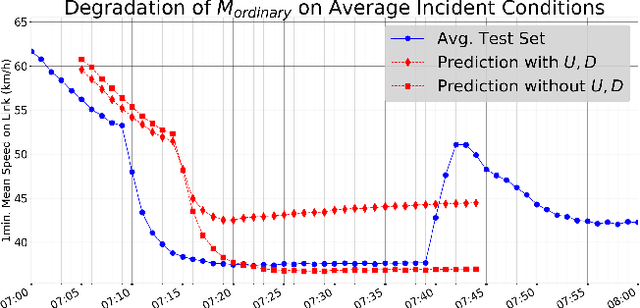
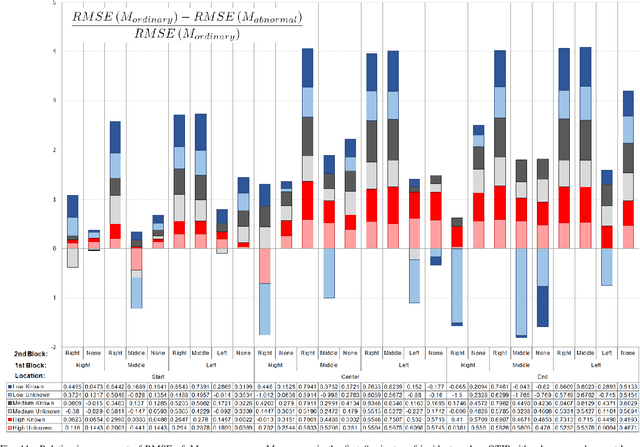
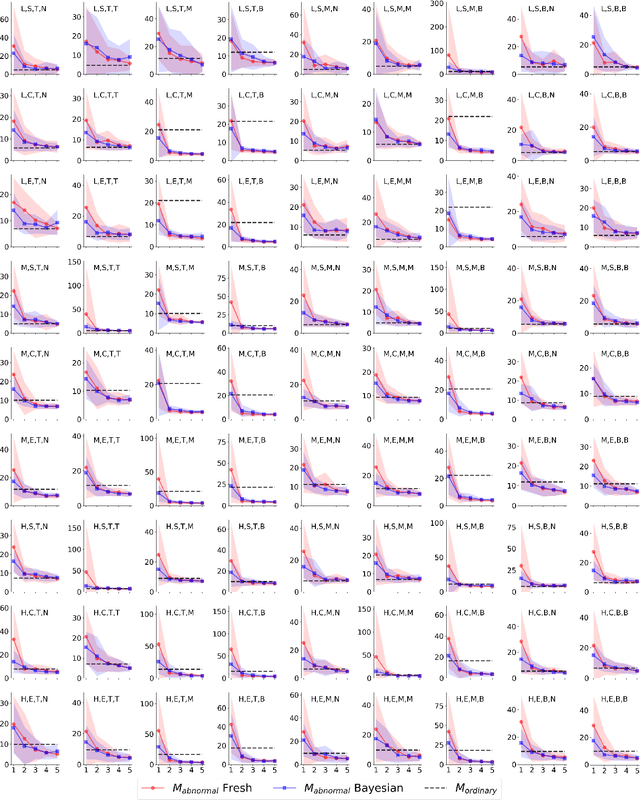
Abstract:Current data-driven traffic prediction models are usually trained with large datasets, e.g. several months of speeds and flows. Such models provide very good fit for ordinary road conditions, but often fail just when they are most needed: when traffic suffers a sudden and significant disruption, such as a road incident. In this work, we describe QTIP: a simulation-based framework for quasi-instantaneous adaptation of prediction models upon traffic disruption. In a nutshell, QTIP performs real-time simulations of the affected road for multiple scenarios, analyzes the results, and suggests a change to an ordinary prediction model accordingly. QTIP constructs the simulated scenarios per properties of the incident, as conveyed by immediate distress signals from affected vehicles. Such real-time signals are provided by In-Vehicle Monitor Systems, which are becoming increasingly prevalent world-wide. We experiment QTIP in a case study of a Danish motorway, and the results show that QTIP can improve traffic prediction in the first critical minutes of road incidents.
Estimating Latent Demand of Shared Mobility through Censored Gaussian Processes
Feb 17, 2020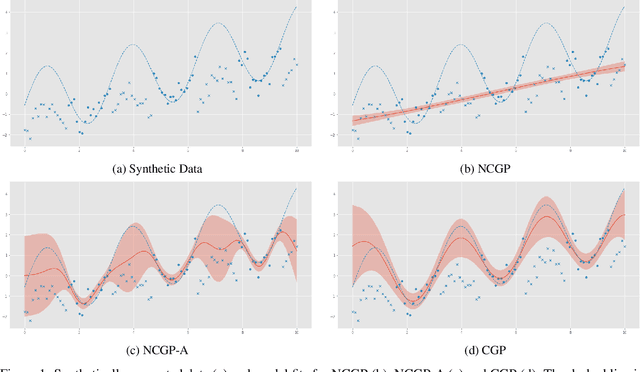


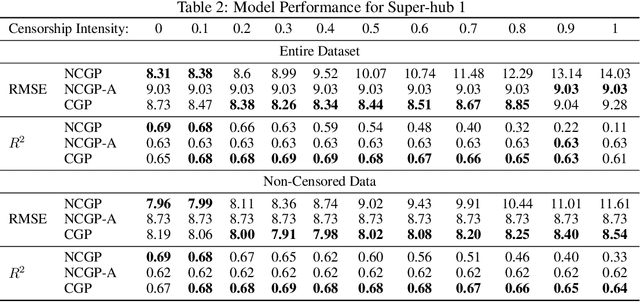
Abstract:Transport demand is highly dependent on supply, especially for shared transport services where availability is often limited. As observed demand cannot be higher than available supply, historical transport data typically represents a biased, or censored, version of the true underlying demand pattern. Without explicitly accounting for this inherent distinction, predictive models of demand would necessarily represent a biased version of true demand, thus less effectively predicting the needs of service users. To counter this problem, we propose a general method for censorship-aware demand modeling, for which we devise a censored likelihood function. We apply this method to the task of shared mobility demand prediction by incorporating the censored likelihood within a Gaussian Process model, which can flexibly approximate arbitrary functional forms. Experiments on artificial and real-world datasets show how taking into account the limiting effect of supply on demand is essential in the process of obtaining an unbiased predictive model of user demand behavior.
Online Framework for Demand-Responsive Stochastic Route Optimization
Feb 26, 2019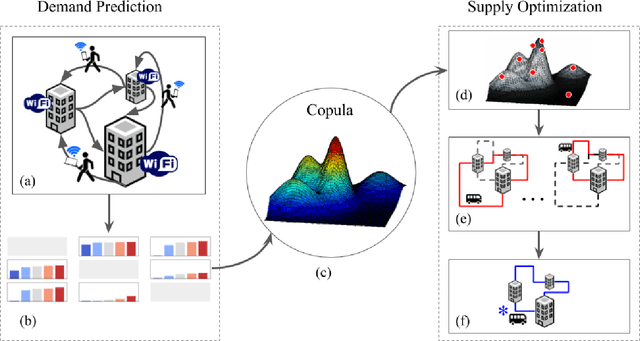
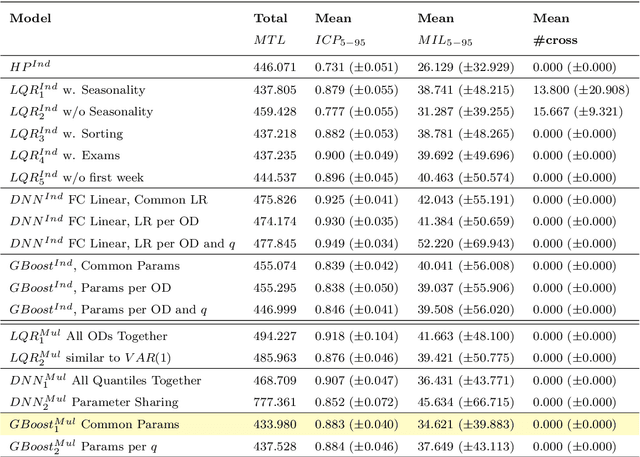

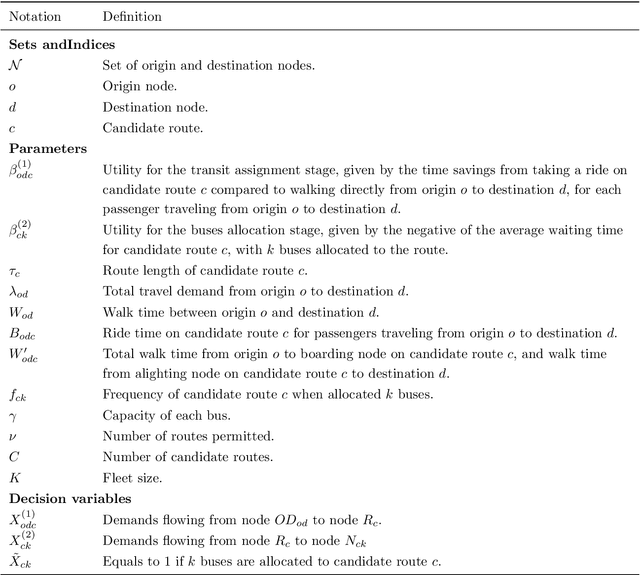
Abstract:This study develops an online predictive optimization framework for operating a fleet of autonomous vehicles to enhance mobility in an area, where there exists a latent spatio-temporal distribution of demand for commuting between locations. The proposed framework integrates demand prediction and supply optimization in the network design problem. For demand prediction, our framework estimates a marginal demand distribution for each Origin-Destination pair of locations through Quantile Regression, using counts of crowd movements as a proxy for demand. The framework then combines these marginals into a joint demand distribution by constructing a Gaussian copula, which captures the structure of correlation between different Origin-Destination pairs. For supply optimization, we devise a demand-responsive service, based on linear programming, in which route structure and frequency vary according to the predicted demand. We evaluate our framework using a dataset of movement counts, aggregated from WiFi records of a university campus in Denmark, and the results show that our framework outperforms conventional methods for route optimization, which do not utilize the full predictive distribution.
 Add to Chrome
Add to Chrome Add to Firefox
Add to Firefox Add to Edge
Add to Edge